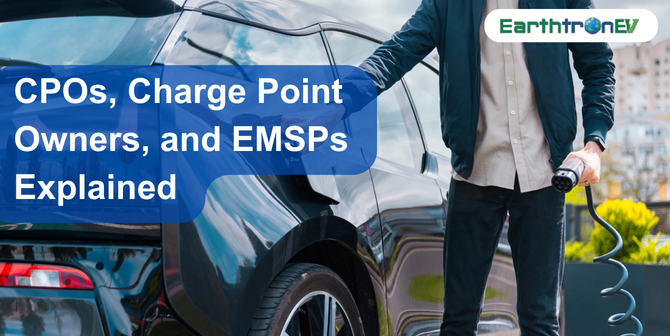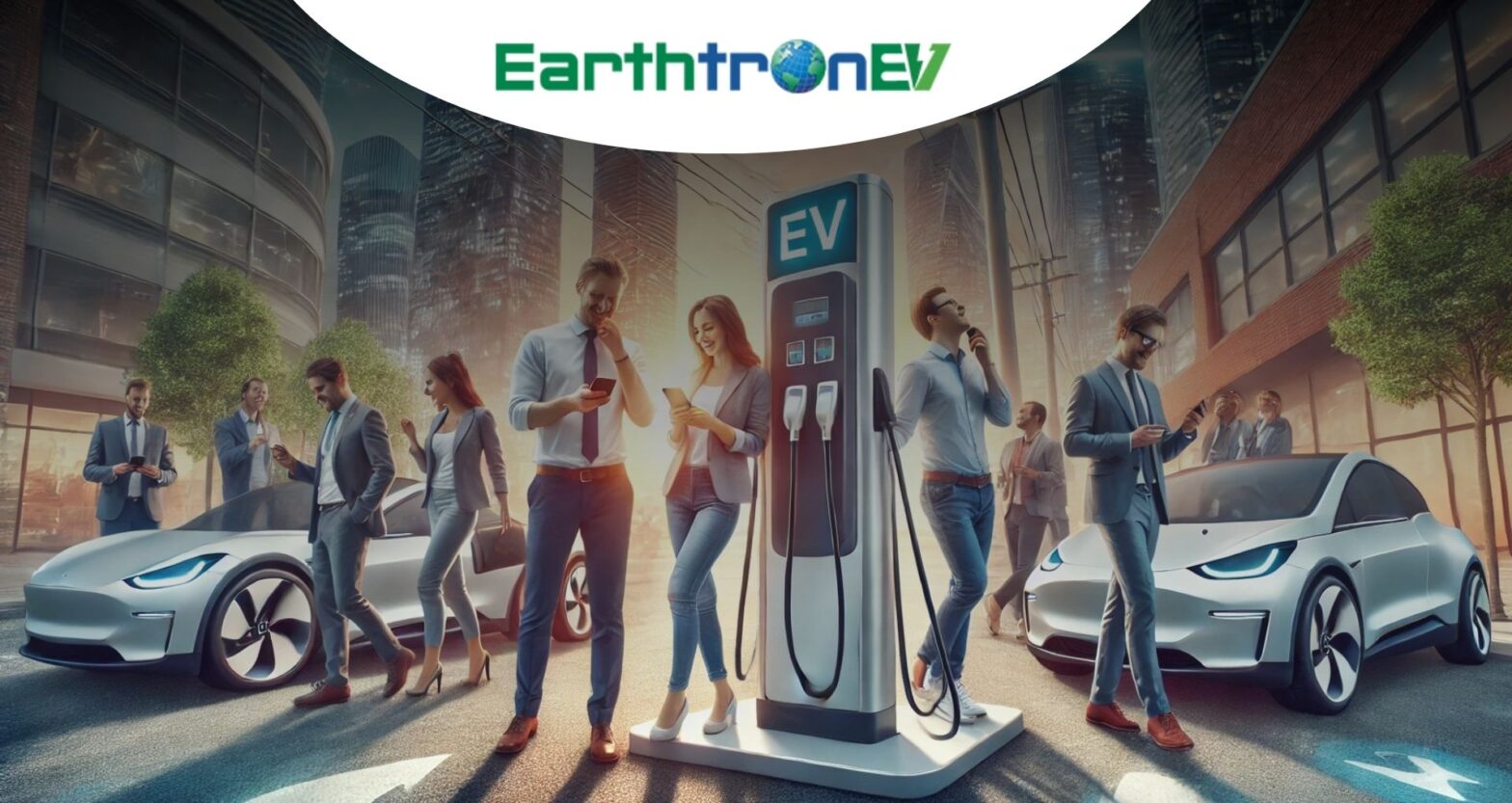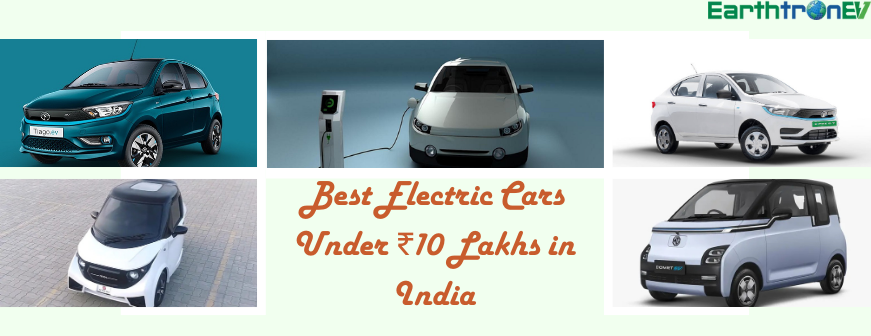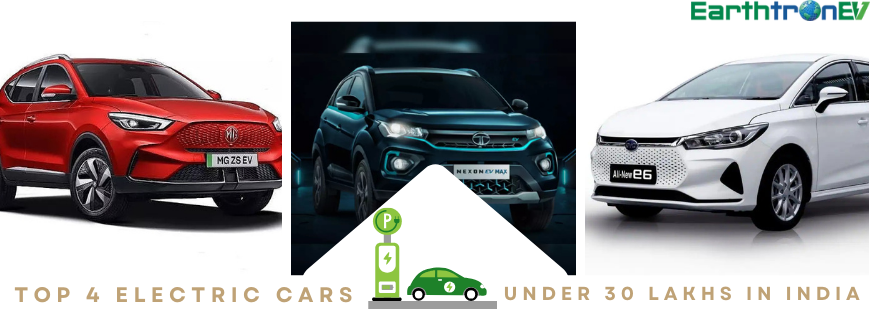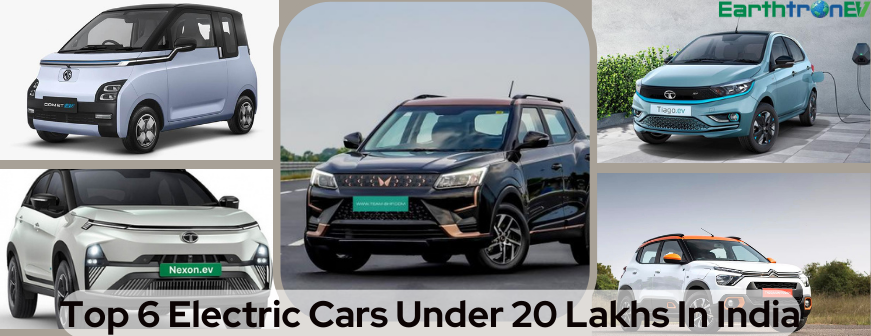The global automotive industry is changing as more people use EVs. A sustainable and environmentally friendly society depends on EV infrastructure. Charge Point Owners (CPOs) and Electric Mobility Service Providers (MSPs) help EV charging stations grow and become accessible. This article discusses CPOs and EMSPs in the electric vehicle revolution.
Electric vehicles are a major climate change and fossil fuel reduction strategy. The proliferation of these devices depends on efficient charging infrastructure. EV owners benefit from CPOs and EMSPs working together to charge smoothly.
Charge Point Owners (CPOs)
Charge Point Owners (CPOs) own, operate, and maintain electric vehicle charging stations. These stations vary in speed from Level 1 at residential properties to Level 3 on highways and commercial areas.
CPOs handle many tasks:
Investment and Infrastructure:
CPOs pioneer physical charging infrastructure. This requires demand, location, and power supply strategy. Urban, commercial, and highway areas are prioritized for traffic and charging. CPOs must invest heavily in charging stations, including Level 1 for residential areas and Level 2 or 3 for commercial hubs and major travel routes.
Operations and Maintenance:
CPOs must maintain charging stations after they work. Regular monitoring helps identify technical issues quickly. Chargers are always available and maintained. This could involve fixing charging connectors or electrical or network issues.
Pricing and Payment Systems:
CPOs must balance consumer affordability and charging infrastructure sustainability with pricing models. Pay-per-use, subscription, and flat fees are options. CPOs streamline EV owner payments with mobile apps and RFID cards.
Regulatory Compliance:
Local safety and regulations are crucial for CPOs. They need permits, zoning, and other legal processes to safely install and operate charging stations. Data privacy regulations are also important because charging stations collect user data for billing and maintenance.
User Experience:
CPOs prioritize EV owners’ positive and easy experiences. Design charging stations with clear signage and access. The user interface should make charging sessions easy to start and track. A well-designed user experience increases user numbers, repeat business, and brand loyalty.
Network Management:
Multiple-charging station CPOs must manage the network. They must constantly monitor charging stations to ensure their operation and availability. Network management balances charging demand across stations to reduce congestion and maximize energy use.
Data Analysis:
CPOs analyze charging station usage, peak charging times, and performance. This data-driven approach helps them decide on station placement, pricing, and infrastructure expansion. Data analysis improves charging network efficiency and responsiveness.
Collaboration with EMSPs:
CPOs and EMSPs must collaborate on roaming and billing. CPOs must work with EMSPs to provide seamless charging network user experiences, including shared access and standardized billing.
Electric Mobility Service Providers (MSPs)
EMSPs connect CPOs and EV owners. Many of their services improve EV charging and adoption. EMSP aggregators simplify consumer charging network access.
The main EMSP functions are:
Roaming Services:
Easy EV charging networks with EMSP roaming. EV owners can use charging stations across networks without EMSP or CPO ownership. EV drivers can charge without multiple memberships or access cards. Roaming lets drivers find charging stations anywhere.
Subscription Management:
Multi-EMSP charging network subscriptions simplify EV charging for owners. With an EMSP, users pay once for multiple charging stations, eliminating network memberships. Subscriptions streamline billing, reduce administrative burdens, and maximize charging infrastructure. For charging needs, EMSPs offer tiered subscriptions.
Billing and Payment:
EMSPs are essential for EV charging billing and payment. One invoice covers multiple network EMSP charges. Centralized billing simplifies EV ownership by aggregating charging activity and costs. EMSPs use charging station operators’ pricing models for accurate, transparent billing. They pay and reimburse charging station CPOs.
IT Services:
EMSPs improve charging network efficiency and reliability using charging station data. Usage, charging session durations, energy consumption, and station availability are analyzed. EMSPs optimize charging infrastructure, identify maintenance needs, and predict user behavior using data. Trend and pattern analysis allows EMSPs to expand networks in high-demand areas and improve user experience.
Customer Support:
EMSPs connect EV owners to charging infrastructure technical and operational aspects. User issues are handled by customer support. This includes fixing charging station issues, and guiding users through charging and connectivity issues. They also answer billing questions about charges, payment methods, and billing statement discrepancies. Customer support makes EV driving easy and boosts the market.
Conclusion
The transition to sustainable transportation requires a strong electric vehicle charging infrastructure. CPOs build and maintain charging stations, while EMPs manage roaming, subscriptions, and billing. The CPO-EMSP partnership shows that electric vehicle owners need a simple charging experience. As electric vehicles become more popular, CPOs and EMSPs will shape transportation.
